|
As an advocate for the use of technology to support teaching and learning, I am always looking out for new and exciting ways to engage my students. In this post, I look at some popular tech toys / gadgets and explore how they can be used to support the new Computing Curriculum. 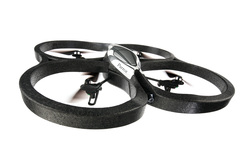 1. Parrot AR Drones What is an AR Drone? The Parrot AR Drone is a camera-equipped, smartphone and tablet controlled quadricopter. (See video below) Thanks to work by Lucas Beyer, a 15 year old student from Barcelona, it is now possible to program the AR Drone with Python script using a piece of software called Autoflight: Control your AR Drone with Python using AutoFlight. AutoFlight is a free download which features AR.Drone control with a gamepad or joystick, sensor data logging, 3d mapping, Python scripting to automate the drone's behavior and Arduino extensions. Sample script. As you can see from the sample script (above), programming the AR Drone is fairly straightforward: Connect to the drone, takeoff, hover, move forward, rotate, land etc. Price: AR Drone: Brand new, an AR Drone 2.0 is about £270 however, a second hand AR Drone 1.0 can be picked up from ebay for as little as £50. Both models can be controlled using the Autoflight software. Autoflight software: Free Download Autoflight here: http://www.lbpclabs.com/autoflight.html
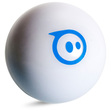 2. Sphero & Ollie What is Sphero? Sphero is the world’s first robotic ball which you can control with your smartphone. (See video below)
Sphero SPRK Sphero-SPRK is the latest edition to the Sphero family directly targeted for the education market. Sphero-SPRK comes with a dedicated app (SPRK app) straight out of the box designed to encourage students to code. The SPRK app lets you control the Sphero with visual blocks representing code – using their own C-based language called OVAL. Sphero also provide a series of lessons (http://www.sphero.com/education) to support the use of Sphero in the classroom designed around supporting a variety of STEM topics – including programming. http://www.sphero.com/sphero-sprk Controlling Sphero/Ollie/Parrot Rolling Spider with Tickle App As well as using the official Sphero apps to control Sphero and Ollie, you can also use free third party apps such as Tickle App (iOS). With Tickle App (see Apps), you can seamlessly connect to a number of physical devices such as Arduino, Dash & Dot, Sphero, Ollie, Parrot mini drones Rolling Spider & Jumping Sumo, and Philips Hue smart lighting systems and program them from your iPad using a ‘Scratch-like’ interface. (Note: Some devices require an iPad 3/iPad mini or above). Price: Sphero: £100. Sphero-SPRK: $129 (Currently only available in US - Educational discounts also available). Ollie: £80. Tickle App: Free 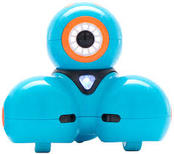 3. Dash & Dot Dot and Dash are educational toy robots that help kids learn to code through play. Designed to appeal to younger students, Dash & Dot can be programmed via a number of free apps including Blockly for Dash & Dot (iOS/Android) and Tickle App (iOS only). Both Dash and Dot are also compatible with Lego (including Lego MindStorm) which allow you to customise your robot e.g. add a pen holder to turn your robot into a Turtle etc. There are also a number of accessories available for both Dash & Dot including a phone holder and xylophone. Visit the official website to find out more: https://www.makewonder.com/robots/dashanddot Use the included Lego attachment to customise your robot! Price: Dash: £150 Dash & Dot Pack: £190 Dash & Dot Wonder Pack (includes ): £240 Blockly for Dash & Dot App: Free Tickle App: Free
Note: Roamer has now been replaced by Roamer-Too.
 8. iPad Why iPad? With several tablet devices available on the market, you may be asking the question, why have I singled out the iPad? The reason for this is due to a couple of recent apps that have been developed, primarily for iOS, to teach programming. 1. Cargo-bot Cargo-bot is a fun and challenging game designed to teach programming. The idea is simple; players have to program a crane to move boxes back and forth between platforms. The player controls the crane using blocks (Up, Down, Left, Right) which they must place in the correct sequence however, there is only a limited number of spaces to place the blocks meaning that the player is forced to create sub-routines (progs) to optimise the sequence of instructions. The challenge is to move the crane using the least number of instructions. Stars are awarded for the number of instructions used – The more optimised the instructions, the more stars the player is awarded. Cargo-bot - Fun and challenging game designed to introduce programming concepts. 2. Daisy the Dinosaur Daisy the Dinosaur is a free iOS app designed for younger children to introduce programming concepts such as sequences, loops and events. The app uses an easy-to-use drag and drop interface to control Daisy in order to complete various challenges. Learn the basics of computer programming with Daisy the Dinosaur! Publisher: Hopscotch Technologies Price: Free 3. Bee-Bot App The new Bee-Bot App from TTS Group has been developed based on our well-loved, award-winning Bee-Bot floor robot. The app makes use of Bee-Bot's keypad functionality and enables children to improve their skills in directional language and programming through sequences of forwards, backwards, left and right 90 degree turns. The app has been developed with 12 levels encouraging progression. Each level is timed and the faster it is completed the more stars you get! The levels are set in an engaging garden scenario and will appeal from age 4 upwards. Note: If you don't have access to a set of iPads, why not try the original Bee-Bot (see below) Publisher: TTS Group Price: Free 4. Light-bot Hour of Code Light-bot for Hour of Code is meant to introduce kids who have no experience whatsoever programming, and is all-ages friendly! That means anyone anywhere at any age can play, have fun and learn real programming logic! Light-bot is a programming puzzle game: a puzzle game that uses game mechanics that are firmly rooted in programming concepts. Light-bot lets players gain a practical understanding of basic control-flow concepts like instruction sequencing, procedures and loops, just by guiding a robot with commands to light up tiles and solve levels. Publisher: LightBot inc. Price: Free 5. ScratchJr Inspired by the Scratch programming tool, ScratchJr is is an introductory programming language that enables young children (ages 5-7) to create their own interactive stories and games. Although based on the popular Scratch (drag-and-drop) block programming environment, the ScratchJr interface has been re-designed to make it more suitable for a younger audience. Publisher: MIT Media Lab Price: Free 6. Tickle App Tickle App is a free visual programming app for the iPad/iPhone. Using a ‘Scratch style’ interface, Tickle App introduces you to code through games creation and story-telling using its built-in animations and sound. With Tickle App (see Apps), you can also seamlessly connect to a number of physical devices such as Arduino, Dash & Dot, Sphero, Ollie, Parrot mini drones, Rolling Spider & Jumping Sumo, and Philips Hue smart lighting systems. Publisher: Tickle Labs, inc Price: Free Create games, stories and control a variety of physical devices with Tickle App.
30/11/2016 04:01:21
website and this article was very helpful to me thank you already want to share Comments are closed.
|
AuthorSimon Johnson Microsoft Innovative Educator Expert / MIE Trainer
Minecraft Cert. Educator / Global Mentor
CAS Master Teacher
Raspberry Pi Cert. Educator
Tickle Ambassador
Archives
June 2017
CategoriesAll Algorithms Cpu Fundamentals Hardware Input & Output Memory OCR A451 Software Storage |
Search by typing & pressing enter
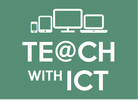
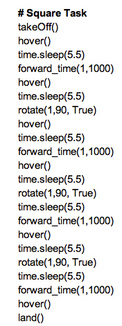
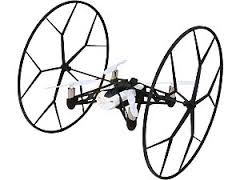

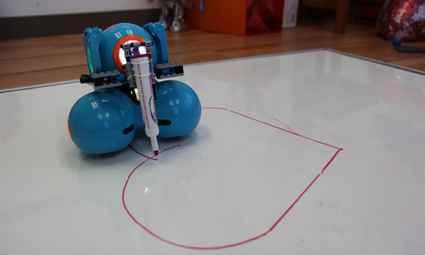
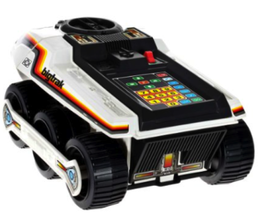
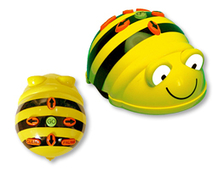
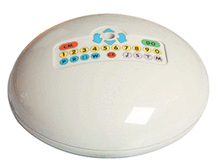
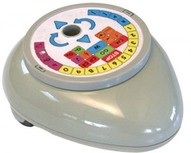
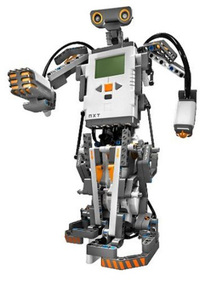

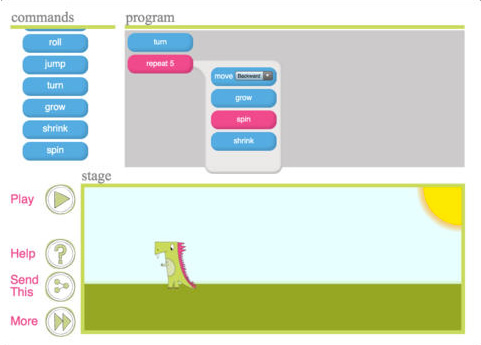
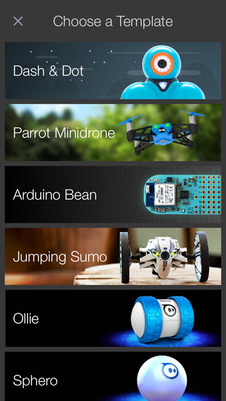
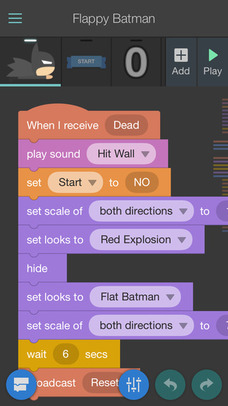
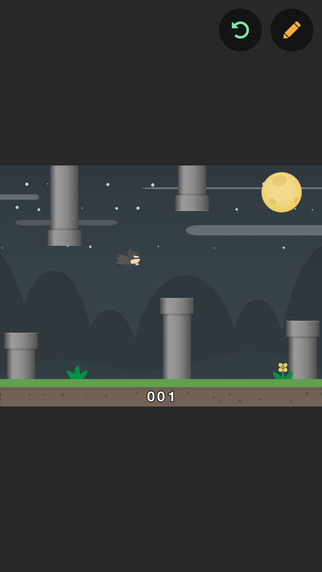
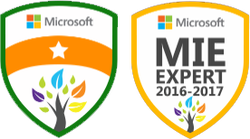
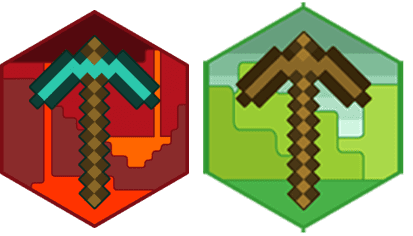



 RSS Feed
RSS Feed
